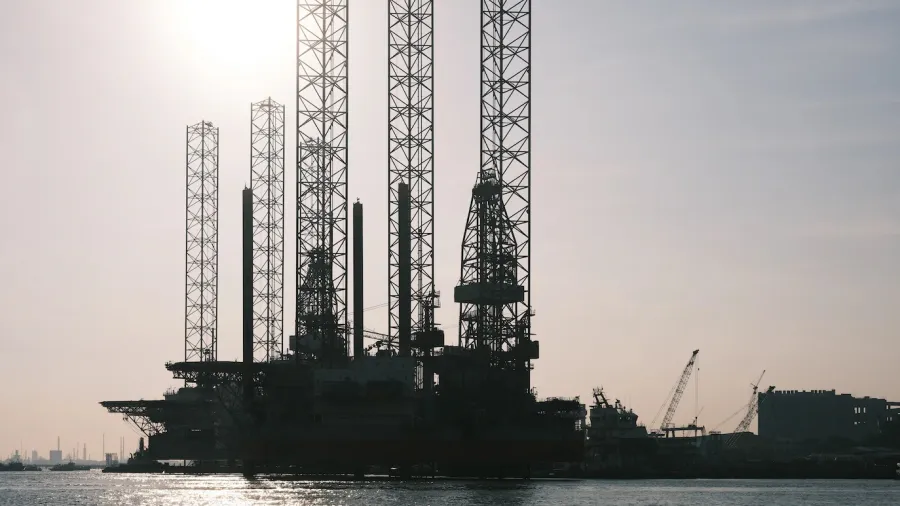
EMA sets new emissions standards fossil fuel generation
Singapore's energy authority introduced new two-tier emission standards.
Energy Market Authority (EMA) has implemented new emission standards for new and repowered fossil fuel-fired power generation units to encourage clean energy in Singapore.
Under the standards, new and repowered units will be obliged to enter the system and replace outdated parts from plants. As such, they must apply the latest technology available to allow the reduction of their carbon footprint.
ALSO READ: Singapore to launch largest vehicle-to-grid test
For new two-tier emission standards, Tier 1 units will be required to maintain a 0.355 tCO2e/MWh intensity limit, 10% more carbon-efficient than other generation units in Singapore. Generation units which are expected to run regularly will need to comply with this standard.
Tier 1 is seen to promote the entry of "lower-carbon intensive generation units, such as more efficient Combined Cycle Gas Turbines (CCGT) that provide baseload electricity capacity."
Meanwhile, Tier 2 units will be needed to keep within an emission cap of tCO2e each year, permitting the integration of other generation technologies into the overall grid. Generation units that are expected to run only periodically must follow Tier 2 standards.
Both Tier 1 and Tier 2 units will be obliged to preserve a 30% hydrogen-ready volume as a measure to prepare for a 100% emission-free transition to hydrogen energy.
EMA sees the standards as a continued step to Singapore’s advancement of its power generation fleet, support of decarbonisation of power generation companies, and facilitation towards net-zero emissions by 2050.
Alongside the implementation of standards, EMA will discuss with industry leaders the new Code of Practice for the administration of the new emission standards by 2024.








![Cross Domain [Manu + SBR + ABF + ABR + FMCG + HBR + ]](https://cmg-qa.s3.ap-southeast-1.amazonaws.com/s3fs-public/styles/exclusive_featured_article/public/2025-01/earth-3537401_1920_4.jpg.webp?itok=WaRpTJwE)
![Cross Domain [SBR + ABR]](https://cmg-qa.s3.ap-southeast-1.amazonaws.com/s3fs-public/styles/exclusive_featured_article/public/2025-01/pexels-jahoo-867092-2_1.jpg.webp?itok=o7MUL1oO)









 Advertise
Advertise


